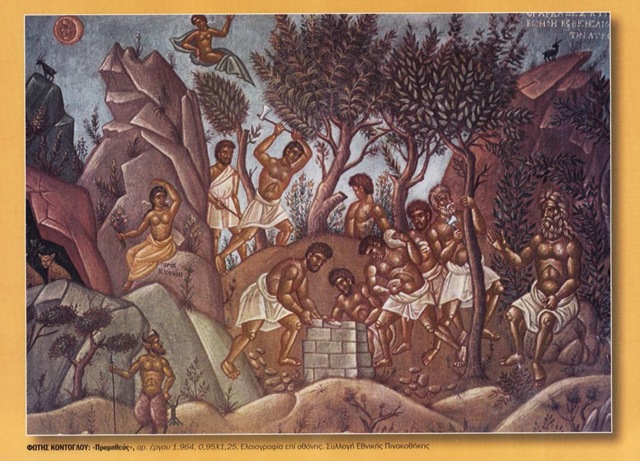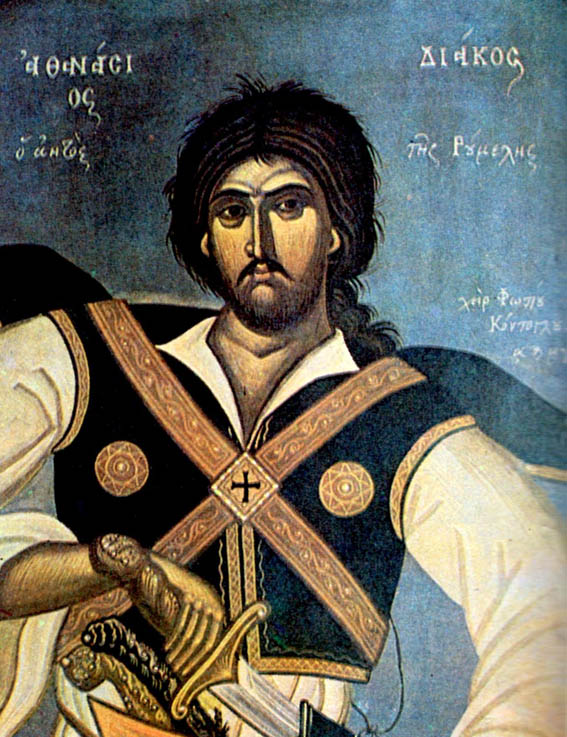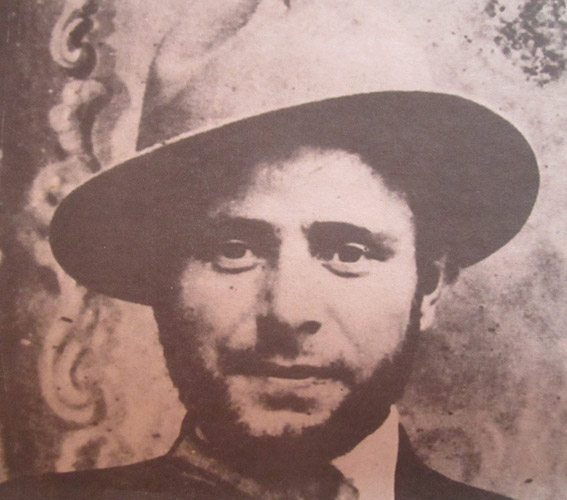In 330 AD the Roman Emperor Constantine the Great, also known as Constantine I, moved the seat of the Roman Empire to Constantinople, a city known previously as Byzantium, strategically located on main trade route between Asia and Europe, known today as the Bosporus strait.
This transition was marked also by major changes in the imperial civic, economic and religious institutions which modernized this new Empire and allowed it to flourish both economically and intellectually.
The new Empire, also referred to as the Eastern Roman Empire or more commonly known as the Byzantine Empire, gave birth to a new form of art which moved away from the ancient Greek tradition of naturalism. Byzantine Art, as it is known today, is almost always associated with Christianity and specifically with Eastern Orthodoxy. This highly symbolic two-dimensional art is mostly found in ancient as well as modern Eastern Orthodox churches around the world.

Byzantine Art served as a bridge between earth and the heavens, between the materialistic and the spiritual world. In the hands of Photis Kontoglou, one of the greatest iconographers of modern Greece, the mannerism and aesthetics of Byzantine Art stepped out of the narrow frame of religious expression and brought to life scenes and stories from Greek history and mythology.
Photis Kontoglou (the pen name Photios Apostolelis) was born in the town of Aivali, Turkey in 1895 and was raised by his mother, Despoina Kontoglou, and his uncle Stefanos, who was abbot in the nearby monastery of Aghia Paraskevi. In 1913, he enrolled at the Athens School of Fine Arts and in 1931 he became the curator of Byzantine Icons at the Byzantine Museum of Athens. Two years later, in 1933 he was appointed Professor of Art History and Painting at the American College.
Even though he is most famous for his painting and church iconography – including the Kapnikarea church in Athens, the monumental fresco of the Ecumenical Patriarchs of Constantinople and the Greek Orthodox Church of the Holy Trinity in Charleston, South Carolina – Kontoglou first achieved fame while in Paris during the late 1920s. The fame came as a result of a series of book illustrations he did for the work of Knut Hamsun, Famine, for which he won a prize. The illustrations on his own book Pedro Kazas were also very well received.
Kontoglou was very productive as an artist and was self-taught in Byzantine style painting through the study of manuscripts and by spending a lot of time in Mount Athos and Mystra.

As Nikos Zias, Professor of the History of Art in the National and Kapodistrian University of Athens puts it, Kontoglou managed to “shake the pond waters of the immutable prosperity of the interwar period and shaped the Greek national consciousness.” As a folk painter, Kontoglou “pioneered the movement to turn 20th century Greek art into the spiritual tension of Byzantine tradition and the refreshing of folk painting.”

Kontoglou won the Academy of Athens Prize for his book Ekphrasis, in 1961, and the Purfina Prize for his book Aivali; My Native Place, in 1963. A few months before his death, in July 1965, the Academy of Athens awarded him the Aristeion Grammaton, its highest prize in letters, in recognition of his great achievements as an author.












